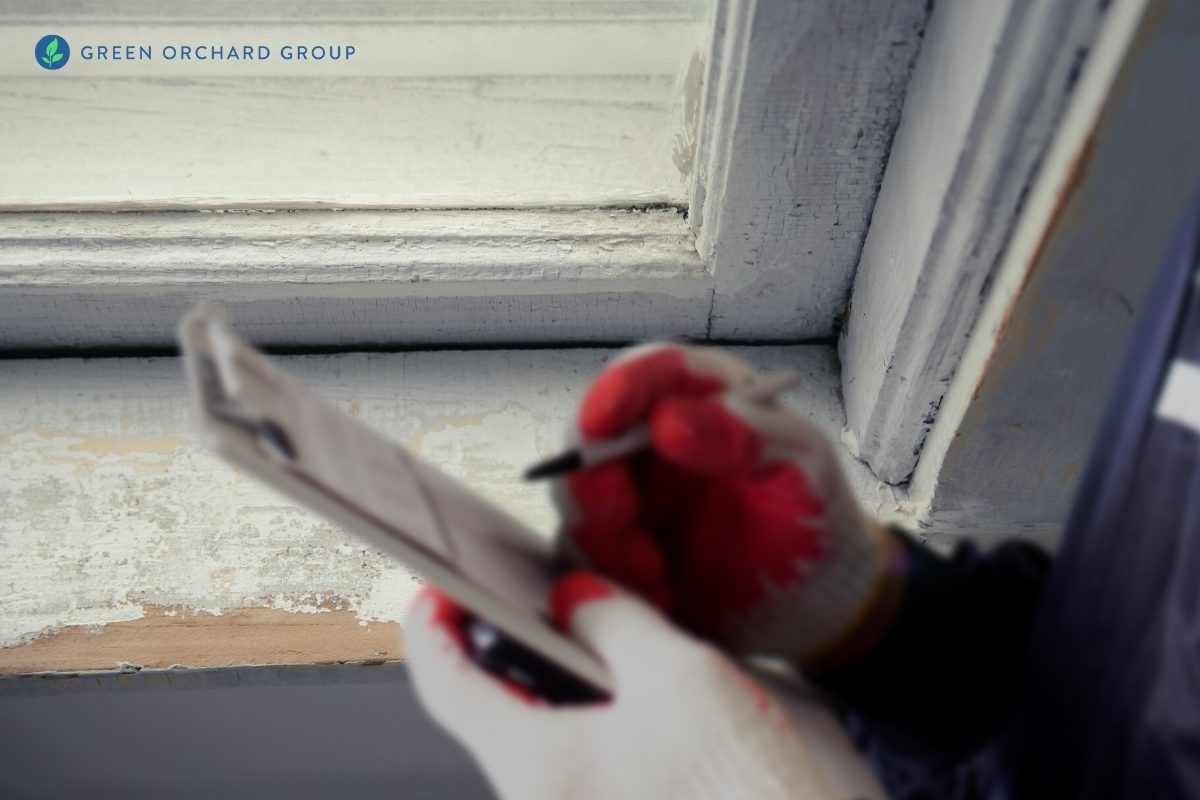Lead Paint Removal Service-- NYC's Trusted Solutions for Lead Security
Lead Paint Removal Service-- NYC's Trusted Solutions for Lead Security
Blog Article
Necessary Devices and Methods for Effective Lead Infraction Clean-up
Dealing with lead violations effectively necessitates a comprehensive approach that mixes the right devices with calculated approaches. The initial step entails furnishing workers with Personal Safety Devices (PPE) to protect their health. Simultaneously, the usage of specialized clean-up tools, such as HEPA vacuum cleaners and lead-specific cleaner, is important for comprehensive contaminant elimination. Effective control techniques, including plastic bed linen and unfavorable atmospheric pressure systems, are crucial to stop the spread of dangerous products. Moreover, safe disposal techniques and stringent adherence to regulatory standards ensure liable handling of harmful waste. However what are the nuanced strategies that genuinely make a difference?
Personal Safety Devices
Personal protective equipment (PPE) is a crucial component in the effective management of lead contamination cleanup. The essential PPE for lead cleanup consists of respirators, safety garments, gloves, and eye security.
Respirators, particularly those outfitted with HEPA filters, are vital for filtering air-borne lead particles, protecting against inhalation. Safety garments, including coveralls and non reusable suits, protects against lead dust from sticking to workers' garments, lowering the danger of secondary contamination.
Additionally, rigorous training on the proper usage and upkeep of PPE is vital. Workers must be educated on putting on and doffing procedures to prevent contamination. Regular inspections and replacements of PPE parts are necessary to maintain their protective capacities, guaranteeing a risk-free and compliant cleanup procedure.
Specialized Cleaning Devices

One more crucial tool is the wet/dry vacuum, which can properly clean up both dust and fluid contaminants. These vacuums commonly come with HEPA filters to offer an added layer of safety. Wet wipes or tack fabrics are additionally essential for surface area cleansing; they are especially designed to catch and hold lead bits, lowering the threat of spreading contamination.
For more stubborn deposits, specialized lead-removal cleansing representatives are called for. These representatives are formulated to break down lead particles, making them simpler to eliminate. Scrub brushes with tough bristles can assist in this procedure, especially on rough surfaces where lead dust tends to adhere more strongly.
Additionally, encapsulants are utilized to seal lead-contaminated surfaces, preventing the release of lead dust. These specialized paints and coverings are developed news to adhere to various substrates, offering a long-term service for lead containment.
Effective Control Approaches
Reliable control methods are important in alleviating the spread of lead contamination during cleaning tasks. Executing durable containment strategies makes certain that lead bits do not migrate to untouched areas, therefore safeguarding both employees and the atmosphere (DOH & HPD Lead Violation Removal NYC).

To boost containment, encapsulants can be related to surface areas that are not being removed or interrupted. These specialized finishings bind lead dust, minimizing its availability for resuspension. In addition, all workers have to use appropriate Individual Protective Devices (PPE), including respirators and disposable matches, to avoid contamination spread.
Safe Disposal Practices
Ensuring safe disposal techniques is a critical component in the management of lead contamination clean-up. Appropriate disposal alleviates the danger of lead returning to the atmosphere and threatening public health and wellness (DOH & HPD Lead Violation Removal NYC).
Transferring lead waste requires adherence to strict standards. Making use of licensed dangerous waste providers makes sure that the products are taken care of responsibly. Documentation, including materializes outlining the type and quantity of waste, must go along with deliveries to track the waste from the website of beginning to its last disposal destination.
Designated harmful waste disposal centers are furnished to manage lead-contaminated products securely. These facilities typically utilize sophisticated techniques such as stabilization, solidification, or chemical treatment to neutralize the lead prior to disposal. Landfilling in specialized, lined areas that avoid leachate from polluting groundwater is a typical practice for final disposal.
Regular training for employees associated with lead garbage disposal is important to preserve safety standards and protect against unintended direct exposure. By adhering to these practices, companies can dramatically minimize the environmental and health influences connected with lead contamination.
Regulatory Compliance Tips

Sticking to governing compliance is paramount in the effective execution of lead contamination cleaning. Comprehending and following government, state, and local laws guarantees not just the security and health of people but likewise the legal and monetary well-being of the clean-up organization. The Environmental Security Agency (EPA) establishes stringent requirements, such as the Lead Renovation, Repair Service, and Painting (RRP) Policy, which mandates proper accreditation and training for contractors managing lead-based tasks.
Conformity begins with a thorough analysis of applicable legislations and laws. Organizations must stay updated on any type of legal adjustments, which can be promoted through regular training sessions and signing up for market updates. Documents is an additional critical compliance aspect; preserving comprehensive documents of all tasks, including inspection reports, employee training logs, and disposal shows up, is vital.
In addition, involving with licensed lead assessors or take the chance of assessors ensures that lead hazards are correctly identified and mitigated. Employers must enforce using Individual Safety Tools (PPE) and make sure that security procedures are strictly followed. Transparent communication with stakeholders, consisting of workers, clients, and governing bodies, will certainly foster a society of conformity and responsibility, check this ultimately adding to a much safer and more reliable lead clean-up process.
Verdict
Effective lead violation cleaning requires the assimilation of specialized devices and tactical techniques to make sure safety and efficiency. Using HEPA vacuums, specialized cleaning up agents, and efficient containment techniques such as plastic sheeting and unfavorable air pressure systems is essential. Individual protective devices (PPE) safeguards employees from exposure, while secure disposal methods and rigorous adherence to regulatory conformity are important for sensibly managing harmful waste. Collectively, these procedures significantly alleviate health dangers and add to a cleaner environment.
Report this page